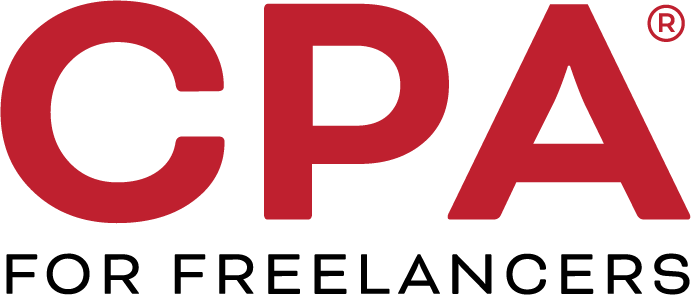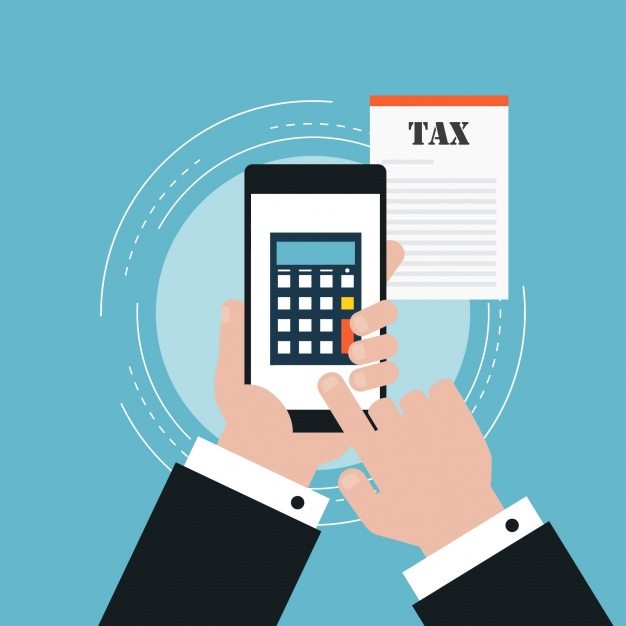The Tax Cuts and Jobs Act (otherwise known as tax reform) has brought with it many changes for freelance taxpayers, three of the key ones are highlighted below—with some helpful hints to mitigate your tax burden.
The “backdoor” Roth IRA is still available. The “backdoor” Roth IRA rules allow you to recharacterize your traditional IRA as a Roth IRA tax-free in order to by-pass the Roth IRA contribution limits. Here’s why you might want to do this:
A Roth IRA is an individual retirement account in which you only pay taxes on contributions and all future growth is tax-free. The theory is that by paying taxes now, you can avoid higher tax rates in the future when you start using your retirement funds. However, if you earn more than what is allowable under the tax law, you cannot directly contribute to a Roth IRA. According to the IRS:
- To contribute to a Roth IRA, you must have earned income.
- You must be under age 70½ in 2018 because traditional IRA contributions cannot be made in a year that you are 70½ or older.
- The modified adjusted gross income amount for contributing to a Roth IRA in 2018 phases out from $189,000 to $199,000 if you’re married filing jointly, and between $120,000 to $135,000 if you’re single.
- If you’re under 50 years old, you can only contribute up to $5,500, and if you’re over 50 the IRS gives you a $1,000 catch up.
If your income is over this threshold, this is where the Roth IRA “back door” strategy comes in. You simply make a non-deductible contribution to a traditional IRA, then convert the contribution to a Roth IRA. Next, you’ll need to use the income phase-out rules above to determine how your conversion will be taxed.
Essentially, if you don’t already have an IRA prior to doing a backdoor Roth IRA conversion, your after-tax contributions will be the same, regardless of whether you receive a deduction for the initial traditional IRA contribution or not.
In addition, any funds in a Roth IRA aggregated through the back door conversion strategy are classed as converted funds, not Roth IRA contributions. This means that if you are under age 59½, you must wait five years to access those funds penalty-free. This stipulation does not apply if you make direct Roth IRA contributions, which are immediately available, tax and penalty-free.
Key changes for popular itemized deductions. The new tax reform rules also eliminate some favorite deductions for freelancers including:
- Unreimbursed qualified employee education expenses
- Tax preparation and investment services fees,
- Professional dues
These are just some of the miscellaneous deductions that are being eliminated, your tax professional can expand the list for you based on your unique needs.
Moving expense deductions are also eliminated. It used to be that if you relocated for work, you could potentially deduct the related expenses if they qualified under the IRS guidelines. Unfortunately, this deduction is now eliminated for everyone except armed forces members.
These are just three of the key tax reform changes which may apply to freelancers. It’s important to keep up to date on these new rules so that you can take action now to reduce your tax burden and make sure that you are accurately tracking any tax deductions you may be eligible for.


